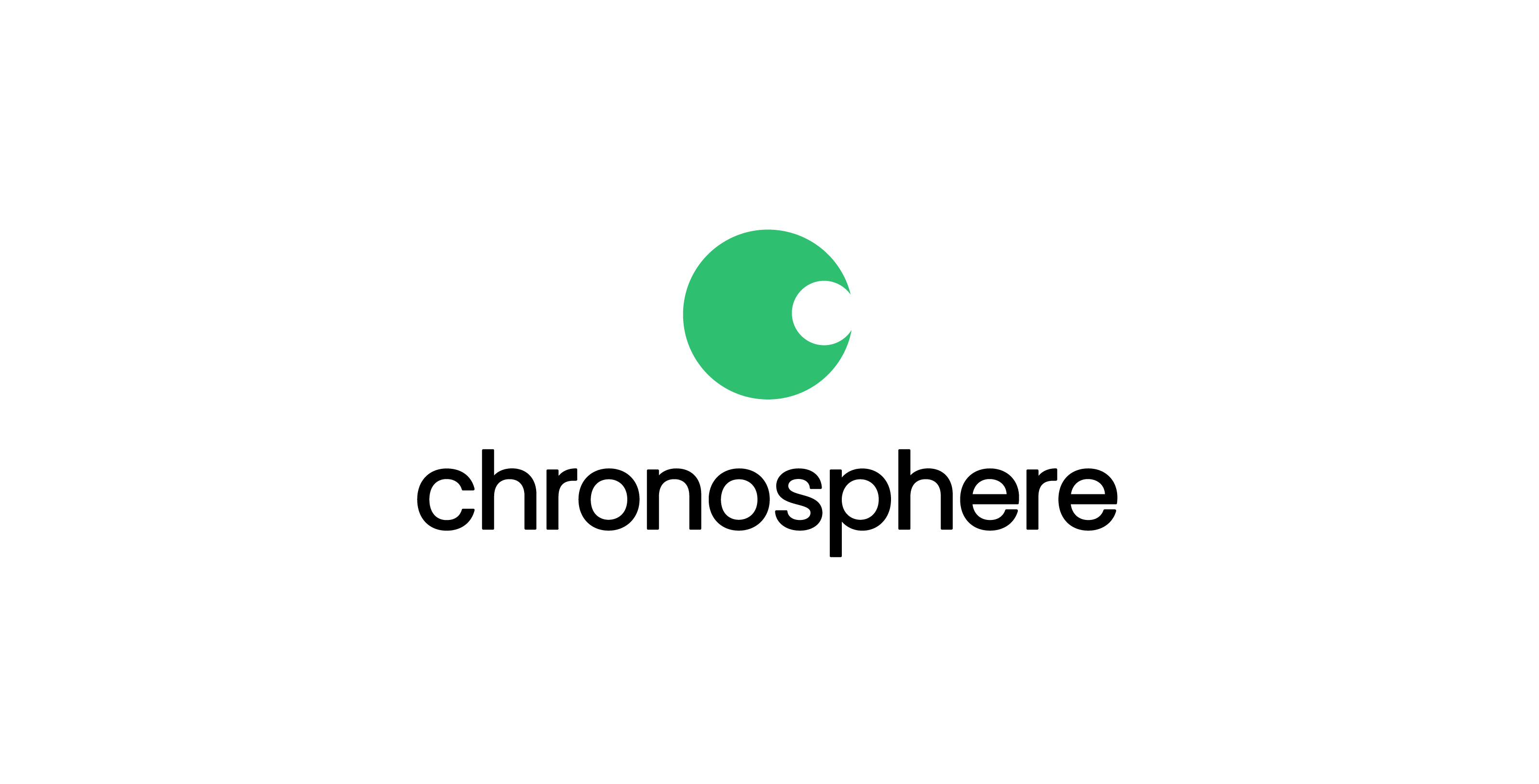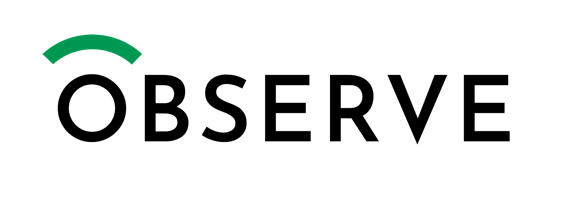
Overview
Chronosphere is the only observability platform that puts you back in control by taming rampant data growth and cloud-native complexity, delivering increased business confidence.
Highlights
- Scale reliably and efficiently - Built from the ground-up for cloud native scale and complexity, we provide greater reliability than any other SaaS offering on the market.
- Have data control with flexibility - You decide what data is kept, for how long, and at what resolution, so you can be flexible about what data is more inherently critical or requires greater or lesser granularity and and retention.
- Be open source compliant - Avoid vendor lock-in with a solution that is powered by open source and enables you to leverage existing Prometheus, AlertManager, and OpenTelemetry investments.
Details
Introducing multi-product solutions
You can now purchase comprehensive solutions tailored to use cases and industries.
Features and programs
Financing for AWS Marketplace purchases
Pricing
Dimension | Description | Cost/12 months |
|---|---|---|
Chronosphere | Chronosphere SaaS | $180,000.00 |
Vendor refund policy
no refunds
How can we make this page better?
Legal
Vendor terms and conditions
Content disclaimer
Delivery details
Software as a Service (SaaS)
SaaS delivers cloud-based software applications directly to customers over the internet. You can access these applications through a subscription model. You will pay recurring monthly usage fees through your AWS bill, while AWS handles deployment and infrastructure management, ensuring scalability, reliability, and seamless integration with other AWS services.
Resources
Vendor resources
Support
AWS infrastructure support
AWS Support is a one-on-one, fast-response support channel that is staffed 24x7x365 with experienced and technical support engineers. The service helps customers of all sizes and technical abilities to successfully utilize the products and features provided by Amazon Web Services.



Standard contract
Customer reviews
Monitors pipelines with real-time alerts and good documentation
What is our primary use case?
I work as a data engineer, and we have many streaming pipelines. We use Chronosphere to monitor various metrics, such as how much data our pipeline is processing in each batch, the volume of incoming data, our consumption rates, and the time to process each batch. Additionally, we set alerts in Chronosphere for situations like job failures or when the number of processed records falls below a certain threshold. We get alerts if the record count drops below our threshold. Sometimes, we face silent failures, where our system appears to be working fine but isn't consuming any data because another system has stopped sending data. Chronosphere helps us detect these cases.
Another team member was involved in setting up a framework using Terraform on Chronosphere to monitor our job SLAs. We receive alerts on Slack or via email if any job fails to meet its SLA.
What is most valuable?
The alerting features are good because they provide many alerts you can't get with daily tools like Airflow or other orchestration tools, which notify you of job failures. With Chronosphere, I can set custom thresholds, such as the number of records being processed.
I can also configure alerts for silent failures and jobs that take longer than expected. Chronosphere is completely loosely coupled with your pipeline, meaning it has no dependencies on it, which is pretty cool.
What needs improvement?
It isn't very easy. It's not easy for everyone. It would be much easier if there could be a simpler version, like a data number version or an SQL version. It's hard to debug if you don't know the syntax. Also, I saw the Slack alerts feature, which is pretty cool, but I cannot customize my messages on the Slack alerts. It would be great if it were possible to tag people in the alerts. At DoorDash, we have hundreds of pipelines, and if something fails, I want to tag specific people so they can start working on the issue immediately.
For how long have I used the solution?
I have been using Chronosphere for one year.
What do I think about the stability of the solution?
Sometimes, we noticed issues because we used the push method to send our metrics to Chronosphere using Prometheus.
I rate the solution's stability a nine out of ten.
What do I think about the scalability of the solution?
100 users are using this solution, and we have a significant number of metrics coming in. It's highly scalable and can handle the load efficiently.
How are customer service and support?
The documentation is pretty good.
What other advice do I have?
If you want to monitor pipelines and use something like Kafka or any streaming platform, Chronosphere is the best option for monitoring pipelines with real-time alerts. It is loosely coupled with your pipeline, adding no confusion or load. I recommend using it.
Overall, I rate the solution a nine out of ten.
An exceptional, pragmatic observability platform
* Support: knowledgeable, friendly support from day one. I assumed this was pre-contract wooing, but one year later, support is as great as ever.
* Ergonomics: tools are only useful if they're used. Their interfaces load quickly and make sense, and as a result, our engineers are happy to use them.
* Operations: the product just works; the undifferentiated heavy lifting is handled behind the scenes, without incident.
* Cost: they include tools to identify and tame anomalous and low-value data, leading to lower costs without sacrificing signal.
* Prometheus histograms are clunky. It sounds like this may be addressed soon.
A solid observability service
Additionally some tips for people new to using it like in AWS Cloudwatch insights would be helpful